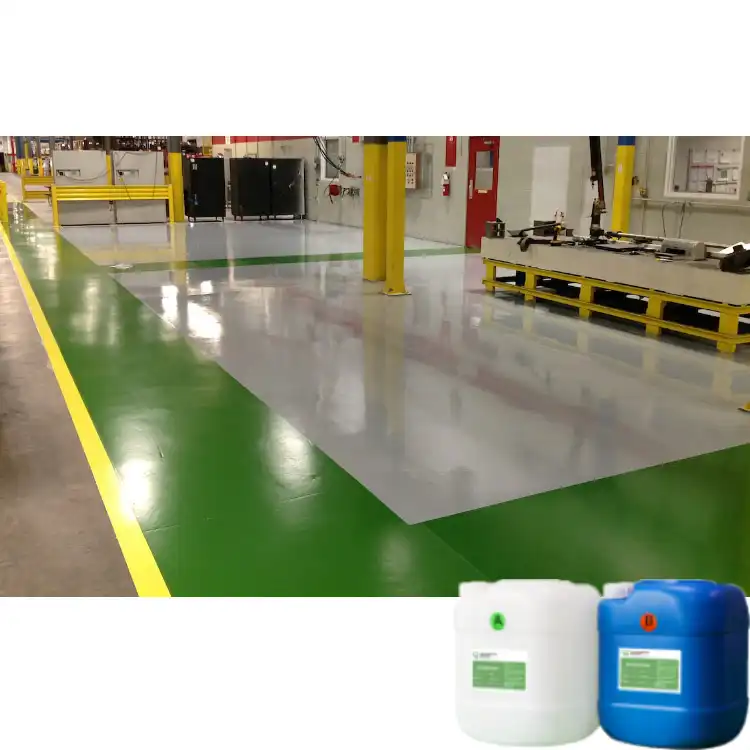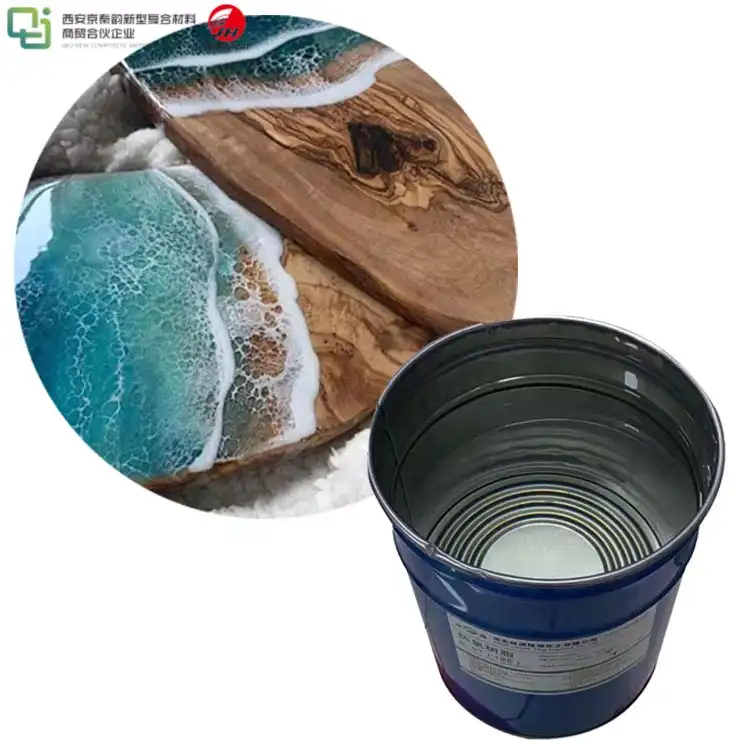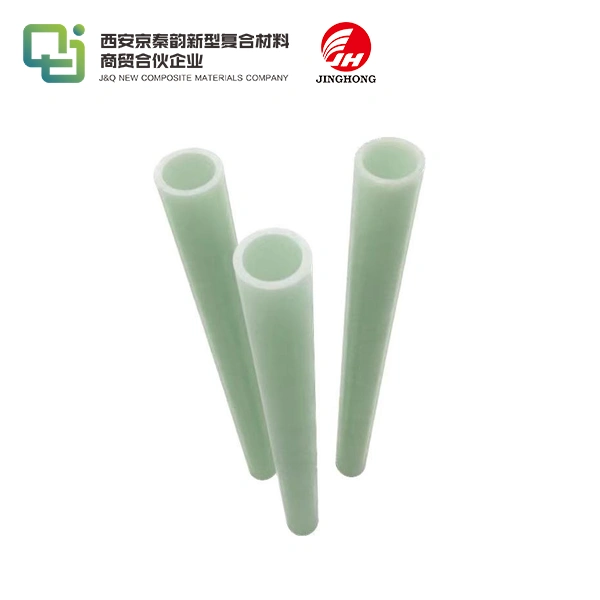Navigating Global Standards for Electrical Insulation Epoxy Board FR4 Fiberglass Sheet
2025-03-24 16:59:33
Navigating global standards for electrical insulation epoxy board FR4 fiberglass sheet is a complex yet essential task for manufacturers, engineers, and purchasers in the electrical and electronics industries. These standards ensure the consistency, quality, and safety of materials used in various applications, from printed circuit boards to electrical insulation components. Understanding and adhering to these standards is crucial for producing reliable products that meet international requirements, facilitating global trade, and maintaining a competitive edge in the market. This comprehensive guide will explore the key aspects of global standards for electrical insulation epoxy resin fiberglass sheet FR4, providing valuable insights for industry professionals seeking to optimize their material selection and production processes.
Understanding FR4 Fiberglass Sheet and Its Applications
Composition and Properties of FR4 Fiberglass Sheet
FR4 fiberglass sheet is a composite material consisting of woven fiberglass cloth impregnated with epoxy resin. This combination results in a material with exceptional electrical insulation properties, mechanical strength, and flame resistance. The "FR" in FR4 stands for "flame retardant," indicating its ability to self-extinguish when exposed to fire. The epoxy resin provides excellent adhesion and thermal stability, while the fiberglass reinforcement contributes to the material's dimensional stability and strength.
Common Applications in the Electronics Industry
Electrical insulation epoxy board FR4 fiberglass sheet finds widespread use in various electronic applications. Its primary use is in the manufacture of printed circuit boards (PCBs), where it serves as the base material for mounting and interconnecting electronic components. Beyond PCBs, FR4 is utilized in transformer and motor insulation, switchgear components, and electrical enclosures. Its versatility and reliable performance make it a preferred choice for applications requiring high dielectric strength and thermal stability.
Advantages of FR4 Over Other Insulating Materials
Compared to other insulating materials, FR4 offers several advantages. Its high glass transition temperature (Tg) allows it to maintain its properties under elevated operating temperatures. The material's low moisture absorption and excellent chemical resistance contribute to its longevity and reliability in diverse environments. Additionally, FR4's machinability and ease of fabrication make it a cost-effective choice for many applications, balancing performance with manufacturability.
Global Standards and Certifications for FR4 Fiberglass Sheet
Key International Standards Organizations
Several international organizations play crucial roles in establishing and maintaining standards for electrical insulation epoxy resin fiberglass sheet FR4. The International Electrotechnical Commission (IEC) is at the forefront, developing global standards for electrical, electronic, and related technologies. Other influential bodies include the Underwriters Laboratories (UL), the European Committee for Electrotechnical Standardization (CENELEC), and the Japanese Industrial Standards Committee (JISC). These organizations collaborate to ensure harmonization of standards across different regions, facilitating international trade and quality assurance.
Essential Standards for FR4 Fiberglass Sheet
Key standards governing FR4 fiberglass sheet include IEC 61249-2-7, which specifies requirements for reinforced base materials clad and unclad for printed boards. UL 94 is another critical standard, focusing on the flammability of plastic materials for parts in devices and appliances. NEMA Grade FR4, as defined by the National Electrical Manufacturers Association, sets forth specific performance criteria for epoxy glass laminates. These standards cover aspects such as physical properties, electrical characteristics, flame resistance, and environmental performance of FR4 materials.
Certification Processes and Requirements
Obtaining certification for electrical insulation epoxy resin fiberglass sheet FR4 involves rigorous testing and evaluation processes. Manufacturers must submit their materials for testing by accredited laboratories, which assess properties such as dielectric strength, flammability, thermal resistance, and mechanical strength. The certification process often includes factory inspections to ensure consistent production quality. Once certified, products are subject to periodic retesting and audits to maintain their certification status. This ongoing process helps maintain the integrity and reliability of FR4 materials in the global market.

Challenges and Considerations in Meeting Global Standards
Variations in Regional Requirements
While there is a push towards global harmonization of standards, regional variations still exist. For instance, the European Union's RoHS (Restriction of Hazardous Substances) directive imposes strict limits on certain substances in electrical and electronic equipment, affecting the composition of FR4 materials. Similarly, China's version of RoHS (China RoHS) has its own set of requirements. Manufacturers must navigate these regional differences to ensure their electrical insulation epoxy resin fiberglass sheet FR4 complies with local regulations in target markets.
Balancing Performance and Compliance
Meeting global standards while maintaining optimal performance can be challenging. For example, achieving higher flame retardancy might involve additives that affect the material's electrical or mechanical properties. Manufacturers must carefully balance these factors, often through extensive research and development efforts. This balance is crucial in developing electrical insulation epoxy board FR4 fiberglass sheets that not only meet regulatory requirements but also deliver the performance characteristics demanded by end-users in various applications.
Emerging Technologies and Their Impact on Standards
The rapid evolution of technology in the electronics industry continually challenges existing standards. For instance, the trend towards miniaturization and higher operating frequencies in electronic devices pushes the limits of traditional FR4 materials. This drives the development of advanced formulations and necessitates updates to existing standards. Staying abreast of these technological advancements and participating in standards development processes is crucial for manufacturers to remain competitive in the global market for electrical insulation epoxy board FR4 fiberglass sheet.
Conclusion
Navigating global standards for electrical insulation epoxy board FR4 fiberglass sheet is a dynamic and crucial process in the electronics industry. By understanding the composition, applications, and advantages of FR4 materials, adhering to key international standards, and addressing regional variations and emerging technologies, manufacturers can ensure their products meet global quality and safety requirements. This comprehensive approach not only facilitates compliance but also drives innovation and competitiveness in the ever-evolving landscape of electronic materials and components.
Contact Us
For more information about our high-quality electrical insulation epoxy board FR4 fiberglass sheet products and how they meet global standards, please contact us at info@jhd-material.com. Our team of experts is ready to assist you in finding the perfect solution for your electrical insulation needs.
References
1. International Electrotechnical Commission. (2021). "IEC 61249-2-7: Materials for printed boards and other interconnecting structures."
2. Underwriters Laboratories. (2020). "UL 94: Standard for Tests for Flammability of Plastic Materials for Parts in Devices and Appliances."
3. European Committee for Electrotechnical Standardization. (2019). "EN 45545-2: Railway applications - Fire protection on railway vehicles."
4. Japanese Industrial Standards Committee. (2018). "JIS C 6484: Copper-clad laminates for printed wiring boards."
5. National Electrical Manufacturers Association. (2022). "NEMA LI 1: Industrial Laminated Thermosetting Products."
6. Institute of Printed Circuits. (2020). "IPC-4101: Specification for Base Materials for Rigid and Multilayer Printed Boards."







